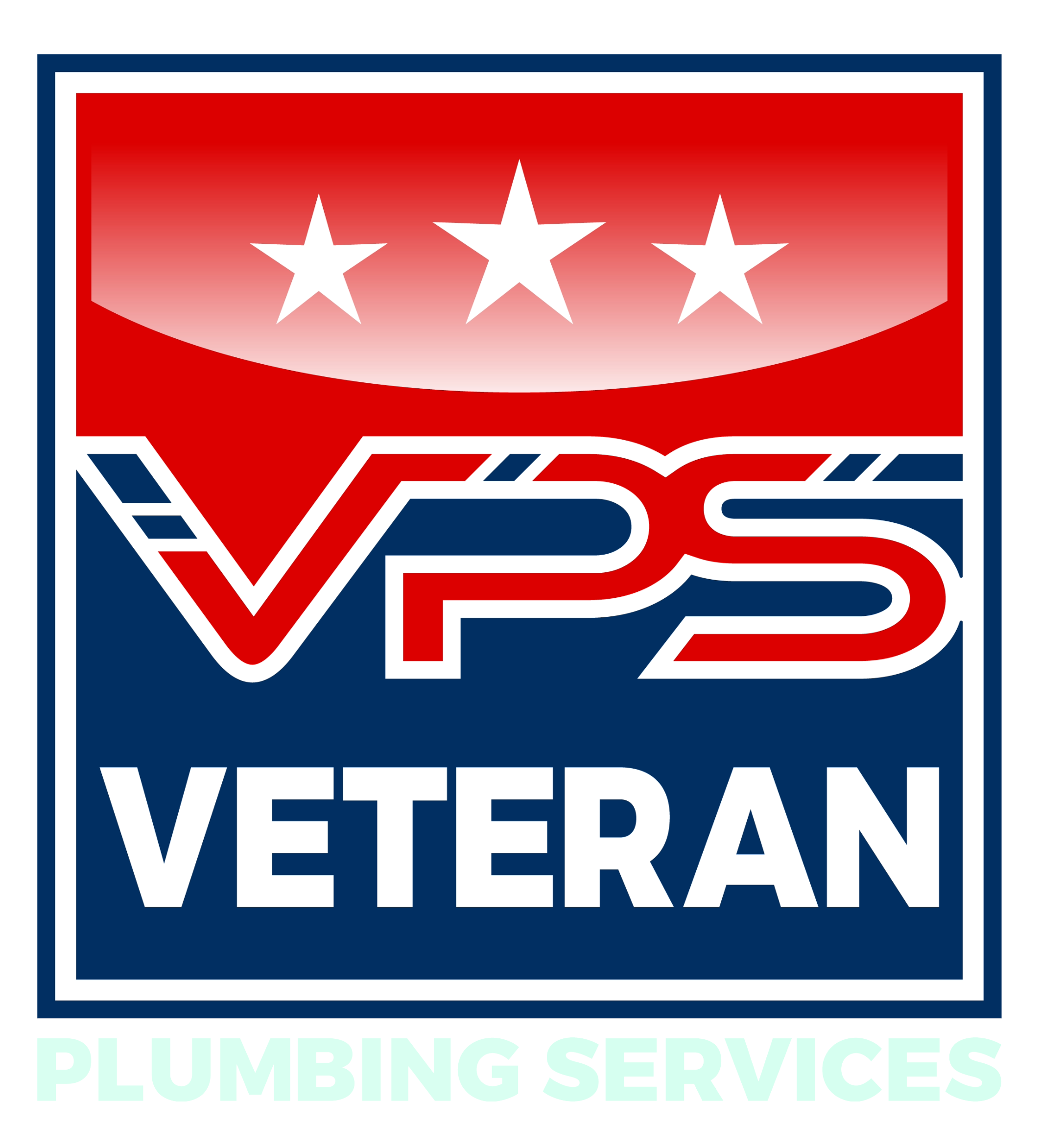Clogged drains are a typical household annoyance that, if not fixed soon, may interrupt everyday life and cause more severe plumbing issues.
Understanding precisely why drains become clogged is vital for prevention and resolution.
We will examine the sources of clogged drains in houses and how to clear them.
Hair & Soap Scum Accumulation in Bathroom Drains
Hair is the chief culprit in bathrooms (showers and tubs mainly).
Hair washed down the drain might hang on to soap scum and collect other debris in a gluey mass.
Eventually, this build-up narrows the drain passage and prevents water from flowing freely.
Prevention Tips:
Use Drain Covers: Installing drain guards might catch hair before it enters the pipes.
Regular Cleaning: Clean the drain cover occasionally to eliminate trapped hair and soap residue.
Grease & Fat Deposition Kitchen Drains
Dumping oil, grease, or fat down the kitchen sink is a typical mistake.
Though they’re fluid at warm temperatures, they harden when cooled and hang on to the pipe walls, trapping foods and other particles.
Prevention Tips
Properly dispose of Grease: Let grease cool and solidify, then dump it in the garbage instead of the sink.
Use Strainers: Use sink strainers to catch food scraps before they enter the drain.
Foreign Objects & Non-Flushable Items Toilets and Drains
Blockages may happen when improper items like wipes, sanitary products, cotton balls, and paper towels are flushed away.
Even products advertised as “flushable” build clogs once they do not break down correctly.
Prevention Tips
Educate Household Members: Make everybody realize what can and can not be flushed.
Use Trash Bins: Have people use waste bins for non-flushable items.
Mineral Buildup and Old Plumbing Systems Corrosion
Minerals coming from hard water build-up in pipes and narrow passages.
Older pipes made of materials such as galvanized steel might also corrode, producing rough interior surfaces where debris collects.
Prevention Tips
Water Softeners: Setting up a water softener can eliminate mineral deposits.
Regular Maintenance: Schedule frequent plumbing inspections to catch corrosion or buildup early.
Sewer Lines With Tree Root Intrusions
At times, particularly in older homes, tree roots enter sewer lines through small cracks or joints.
The roots grow and can easily obstruct significant passages and even harm pipes.
Prevention Tips:
Plant Strategically: Plant no trees or large shrubs near sewer lines.
Monitor for Signs: Look for signs of root intrusion, such as slow drainage or frequent clogs, and call for assistance if you suspect it.
Poor Pipe Slope and Ventilation Plumbing Design Issues
When the drain pipes aren’t sloped correctly, water might not flow smoothly, accumulating and gathering debris.
Poor ventilation could also create negative pressure, which prevents drainage.
Prevention Tips
Installation by professionals: Have plumbing systems installed by plumbers who follow code requirements.
Regular Assessments: Have your plumbing system inspected periodically for slopes and ventilation problems.
Soft Items in Drains Laundry/Cleaning
Baby wipes, sanitary products, and even small toys may unintentionally enter drains – particularly in laundry rooms.
These soft items might swell and block the pipe as they absorb water.
Prevention Tips
Use Mesh Bags: Place small items in mesh laundry bags to stop them from entering drains.
Immediate Removal: Remove any foreign objects that enter the drain immediately.
Everyday habits, bad plumbing system design, or tree roots could cause clogged drains.
Knowing these causes may help homeowners prevent blockages and keep a functioning drainage system.
Regular maintenance, informed disposal, and timely help from our plumbers will help prevent clogged drains and keep your home plumbing infrastructure in good condition.


